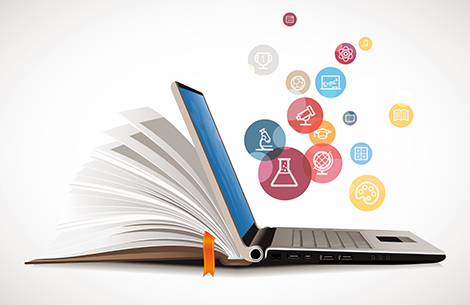For one thing, 61 percent of companies believe that employees need to interact with learning on a daily or weekly basis in order to be effective at their jobs. Furthermore, according to the Ebbinghaus Forgetting Curve, people forget 90 percent of what they’ve learned after a mere month.
What High Performing Companies Do
Brandon Hall’s research illustrates that one of the most effective learning methods is coaching and mentoring, and on the job exercises are almost as effective. Over 90 percent of high performing organizations think tailoring learning experiences and offering experiential learning in multiple modalities are important or critical to the business. These companies report following about their learning and development offerings:
- Learners can participate in coaching/mentoring
- Learners have access to subject matter experts
- Learners can comment on and rate content
- Learners can share content with one another
- Learners can generate and contribute their own content
- Learners can discuss content and development paths in the learning environment
- Learners can meet virtually to discuss topics without the need for formal scheduling
- Learners can use simulations to learn a skill in a no-consequence environment
- Learners can take on stretch assignments and special projects
The Role of Technology
Learners have expressed a desire to use augmented reality, mobile apps, and gamification, but organizations aren’t there yet. However, according to Wentworth, exploring new learning modalities and technologies is a top priority this year. Organizations plan to make greater use of social/collaborative tools, mobile delivery, data analytics, virtual classrooms, and content management.
So what’s to come? As mentioned, progress is slow in most organizations, but a few are lighting the path. Augmented reality allows BMW employees to put on a pair of glasses, look inside a car, and learn how to repair it in real time. Thanks to virtual reality, the military can interact with a combat scenario where no one is actually in danger. Google recently released a Tilt brush that facilitates 3D art and construction. And finally, robotics and telepresence allow people to “be” somewhere virtually, move around the environment, and interact with others there without being physically in the location. You move your device and your view changes!
The Modern Classroom
The future of the classroom is progressive, immersive, collaborative, experiential, fun, inspirational, and designed around the learner. The new concept of the flipped classroom involves students taking advantage of static knowledge resources to absorb material before they discuss it. The instructor is more of a facilitator than a teacher.
The physical classroom is flexible and versatile, accommodating a wide range of learning and teaching styles. Students interact directly with classroom-based technology, including sharing screens and watching online videos.
Re-Emergence of 70:20:10
Finally, according to Wentworth’s explanation of the 20 year-old model, how people naturally learn in an enterprise environment is as follows:
- 70 percent comes from doing
- 20 percent comes from socialization and collaboration with colleagues
- 10 percent comes from formal learning


